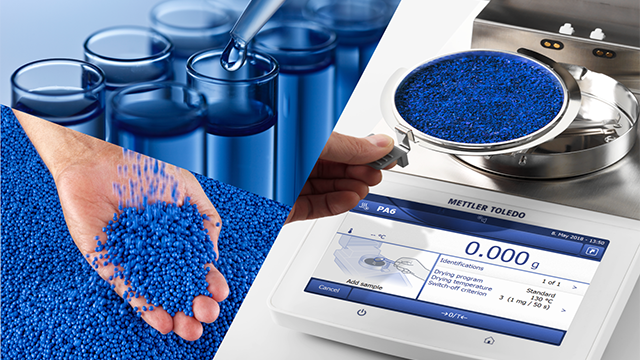
Key Components of Effective Moisture Methods
A reliable and effective moisture method needs to define, as a minimum, these five components:
- Sample Preparation: Proper sample preparation and handling lay the foundation for accurate results. Our experts provide guidelines on how to prepare your samples for analysis.
- Suitable Drying Temperature: The temperature used in the drying process significantly impacts the results. We help you determine the optimal temperature for your sample type.
- Appropriate Drying Mode: Every sample may require a unique drying mode. Our moisture analyzers come equipped with customizable programs to fit your needs.
- Correct Switch-Off Criterion: Ensuring your moisture analyzer knows when to stop is vital. We assist you in setting the right criteria to get accurate results in a suitable time. In selected devices, the unique option QuickPredict calculates results accurately in 2 minutes.
- Sample Weight: Define the right sample size to get reliable results.











